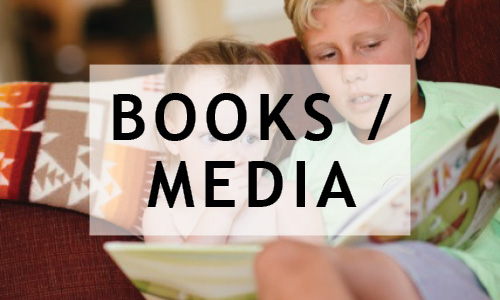When a stranger walks up to your baby and starts talking in a high pitched sing-song manner, “Hi Sweetheart, what a cute little girl you are!” your baby loves it. Many adults naturally approach a baby in this way with a higher pitch, shorter sentences, simpler grammar, and varied pitch with almost a musical quality. Stress and pauses emphasize important words, particularly at the end of a phrase or sentence such as “Let’s go to the beach and pick up some shells.” Once called “motherese,” mothers don’t have a monopoly on this type of talking. It is now referred to as “child-directed speech.” Unlike baby talk, child-directed speech uses simple, grammatically correct sentences and accurate vocabulary words. There are no substitutions of baby words like “ba ba” for blanket or “woofy” for dog.
Parents don’t have to use child-directed speech but it comes naturally to many moms, dads and certainly grandparents, and has its benefits. It not only maximizes communication but also shows affection.
There is evidence that babies actually prefer child-directed speech, since it gains their attention and they take in more language. The size and shape of his outer ear canal cause higher pitches to resonate better so he can actually hear these sounds better when delivered in child-directed speech. A slower cadence is easier for babies to follow since their nervous systems process auditory information slower than adults. Louder speech overcomes the fact that a baby’s hearing is less sensitive than that of adults and the simpler sentence structure and contrasting pitch and loudness levels allow the baby to more easily distinguish parts of speech. Research has shown that when mothers used child-directed-speech, their babies had greater vocabulary and grammatical accuracy than those who did not. In addition, when babies are spoken to this way, they are better able to make fine distinctions between sounds and words. Five-month-olds could only tell the difference between the pretend words “marana” and “malana” when spoken to in child-directed-speech. The two sounds, l and r, that differ in the words, are very similar acoustically and hard to distinguish. Babies spoken to in child-directed speech obviously have the advantage of hearing finer differences in sounds that differentiate words.



